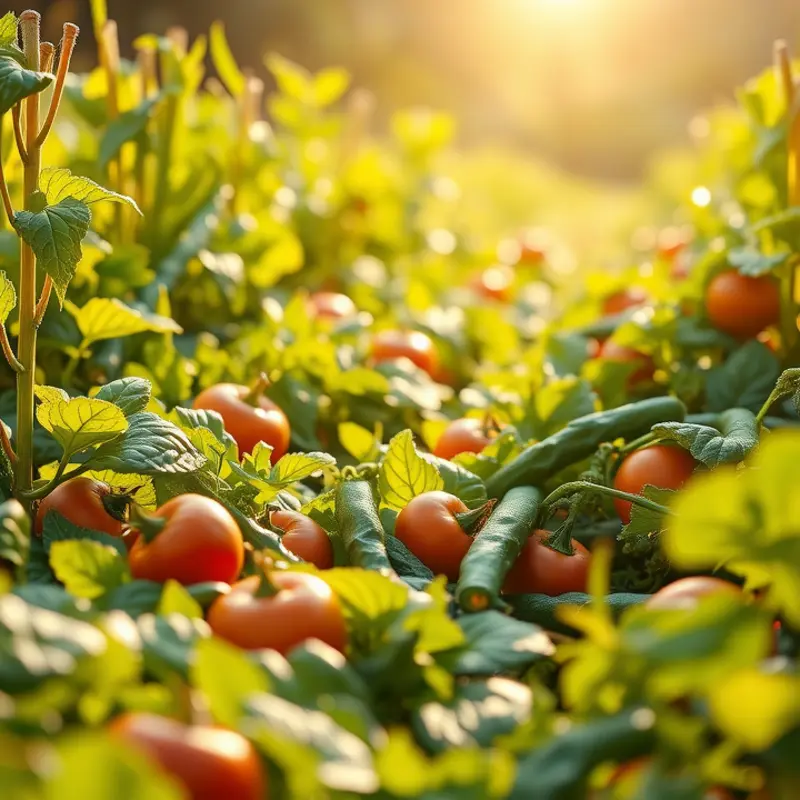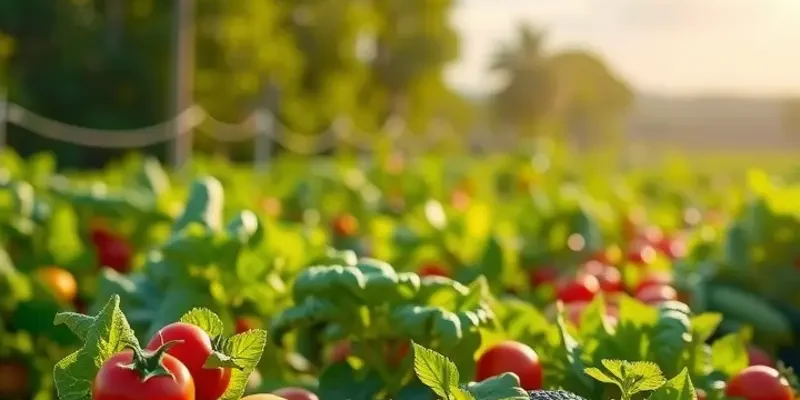Food safety is crucial during meal preparation. Understanding how to store food properly, minimize waste, and manage ingredients effectively ensures not only health but also enhances your cooking experience. Safe practices can lead to fresher meals, prolonged shelf life, and a more organized kitchen. Embrace these strategies to transform your meal prep routine, protecting both your health and your resources.
Storing Food Safely: Best Practices

Understanding food storage is crucial in maintaining the quality and safety of your ingredients. Proper organization in your refrigerator and pantry can significantly extend the shelf life of your products.
Ensure your refrigerator is set to the right temperature, ideally at or below 40°F (4°C), to slow bacterial growth. The freezer should be at 0°F (-18°C) or lower. Warm spots in your fridge can compromise food safety; thus, avoid placing perishables in the door, where temperatures can vary. Arrange items such as raw poultry on the bottom shelf to prevent cross-contamination from accidental leaks.
In the pantry, maintaining a cool, dark, and dry environment is key. Canned goods and dry items like grains should be stored in a space free from moisture. Attention to “first in, first out” (FIFO) principles helps ensure older items are used before expiration. It’s beneficial to separate strong-smelling items, such as onions or garlic, to avoid odor transfer.
Labeling is a simple yet effective technique to monitor food freshness. Every item, from spices to lunch leftovers, should have a date marked. This practice mitigates the risk of expiration and spoilage. When labeling, include detailed information like the date of storage and suggested date of consumption, especially for homemade or bulk-prepped meals.
Air-tight containers are indispensable in prolonging freshness. These containers safeguard against pests and moisture, preserving flavor and quality. Use containers with secure-fitting lids for grains, seeds, and nuts, and opt for glass or BPA-free plastic to store acidic foods.
Proper sealing also plays a vital role in maintaining food integrity. Vacuum sealing or wrapping items tightly in foil or plastic wrap can prevent freezer burn while maintaining the texture and taste of frozen foods.
Temperature control extends beyond adjusting your fridge settings. It involves understanding the needs of specific items. For instance, tomatoes and bananas fare better at room temperature, enhancing their flavor and texture. Meanwhile, dairy demands consistent cooling to prevent rapid bacterial growth.
If you’re looking to delve deeper into effective storage methods that also contribute to sustainability, check out our insights on low-waste cooking and prep. This resource provides strategies to minimize waste while keeping food safety a priority.
Through thoughtful organization and a few strategic practices, your food will stay fresh longer, supporting both health and sustainability. This allows you to enjoy a wide array of meal options, reducing waste and optimizing your food resources.
Minimizing Waste: Smart Management Strategies

Reducing food waste begins with strategic meal planning. Consider the ingredients you already have at home before planning your meals for the week. This approach prevents unnecessary purchases and ensures existing food is used efficiently. Moreover, by identifying perishable items, you can prioritize their consumption, minimizing the chance they’ll spoil.
A key tactic in meal planning is leveraging ingredient batching. By preparing a few versatile ingredients in advance, you can create multiple meals with minimal waste. For example, a large batch of roasted vegetables can serve as a side dish, a salad topper, or a frittata filling throughout the week. For more ideas, check out practical ingredient batching techniques.
Another important strategy is to master the art of repurposing leftovers. Transform roasted chicken into a flavorful soup or tacos with the addition of fresh herbs and spices. Leftover rice can become the base for a stir-fry or turned into a comforting rice pudding. Being mindful of how to stretch meals into something new not only saves money but also reduces unnecessary waste.
Freezing unused items is another smart method to prevent spoilage. Bread, meats, and even certain fruits and vegetables freeze well. Before storing, portion items and label them with dates to track freshness. This practice extends the shelf life of your groceries significantly, allowing you to enjoy foods well past their usual expiration.
Composting is an invaluable practice for waste reduction. Instead of tossing fruit skins, vegetable peels, and coffee grounds, turn them into nutrient-rich compost that will enhance your garden. Even if you’re limited on space, options like indoor compost bins make it feasible to reduce waste and enrich the soil naturally.
Maximizing pantry staples calls for creativity in the kitchen. Spices, grains, and beans have long shelf lives and can become the backbone of many dishes. Combining these staples with fresh produce ensures meals are both nutritious and economical. Experiment with different cuisines to keep your meals exciting even without a full pantry refresh.
Ultimately, minimizing food waste requires a balance of innovative meal planning and smart storage solutions. As you refine your approach to food management, you’ll find that not only are you reducing waste and saving money, but you’re also contributing to a more sustainable environment.
Final words
Practicing food safety during meal prep not only safeguards your health but also transforms your kitchen into a well-organized workspace. By implementing proper storage techniques, and minimizing waste with strategic management, you’ll enhance the longevity of your ingredients while promoting sustainable habits. This commitment not only leads to healthier meals but also contributes to a more efficient cooking process. Adopt these actionable strategies to elevate your meal-prepping experience, making your kitchen a hub of fresh and safe food practices. Start today and enjoy the peace of mind that comes with food safety.







